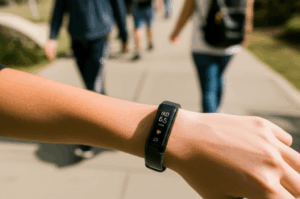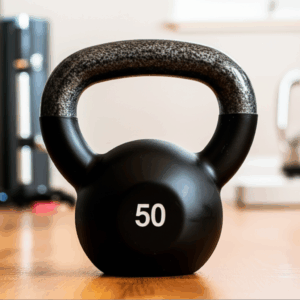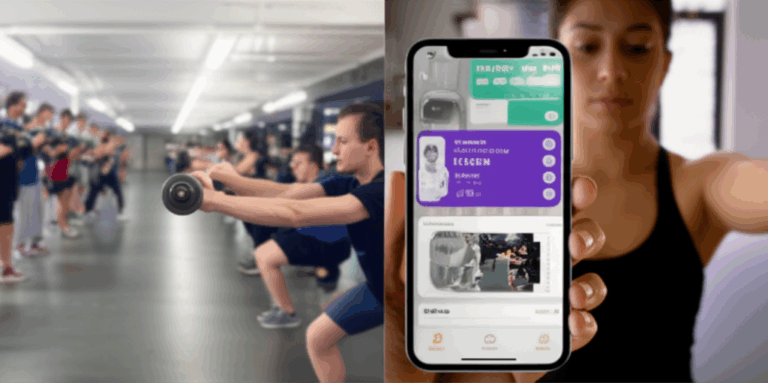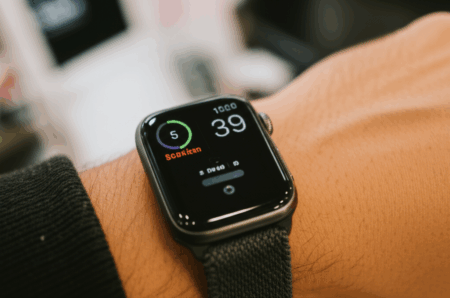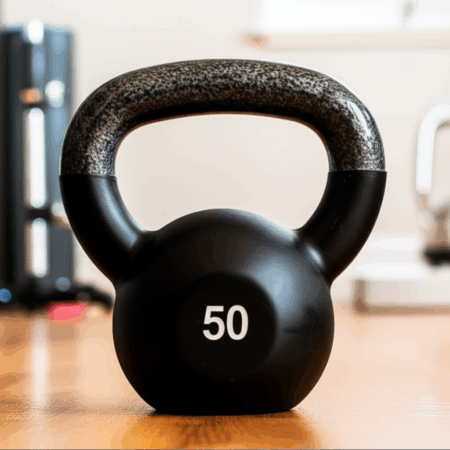The landscape of personal fitness has undergone a profound transformation, moving far beyond the days of simple step counters and fixed workout routines. Today, fitness technology is experiencing a significant “paradigm shift” as artificial intelligence (AI) elevates apps from mere tracking tools to intelligent, adaptive, and highly personalized training companions. This evolution is fundamentally reshaping how individuals approach their health and wellness goals, offering unprecedented levels of engagement and effectiveness.
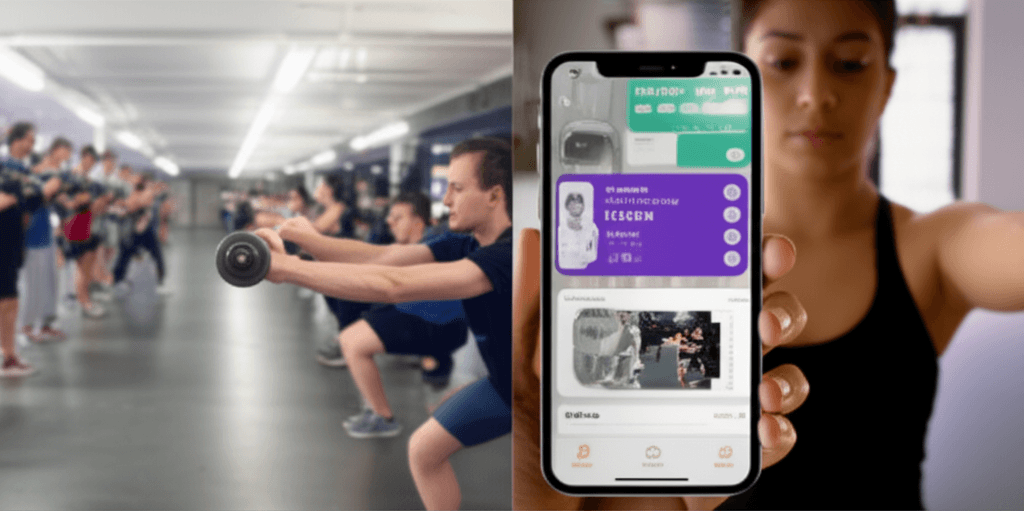
The Era of Static Workouts and Early Tracking
The journey of fitness applications began with relatively straightforward functionalities. Early fitness apps, emerging around 2010 after the launch of app stores, primarily served as digital logbooks. Users could record their activities, count steps, and manually track progress, with some offering basic workout plans. Apps like Nike+ Running, released in 2006, allowed users to track runs and set goals, while others like MyFitnessPal focused on calorie tracking and nutrition logging.
These initial iterations were revolutionary for their time, putting a “personal trainer” in users’ pockets and leveraging smartphone sensors like GPS and motion sensors to trace routes and measure runs. However, their guidance was largely generic. Workouts were often pre-set, static routines that didn’t adapt to individual performance, progress, or specific needs. While they provided a foundation for tracking and motivation through features like leaderboards and social sharing, they lacked the dynamic responsiveness that would later become a hallmark of advanced fitness tech.
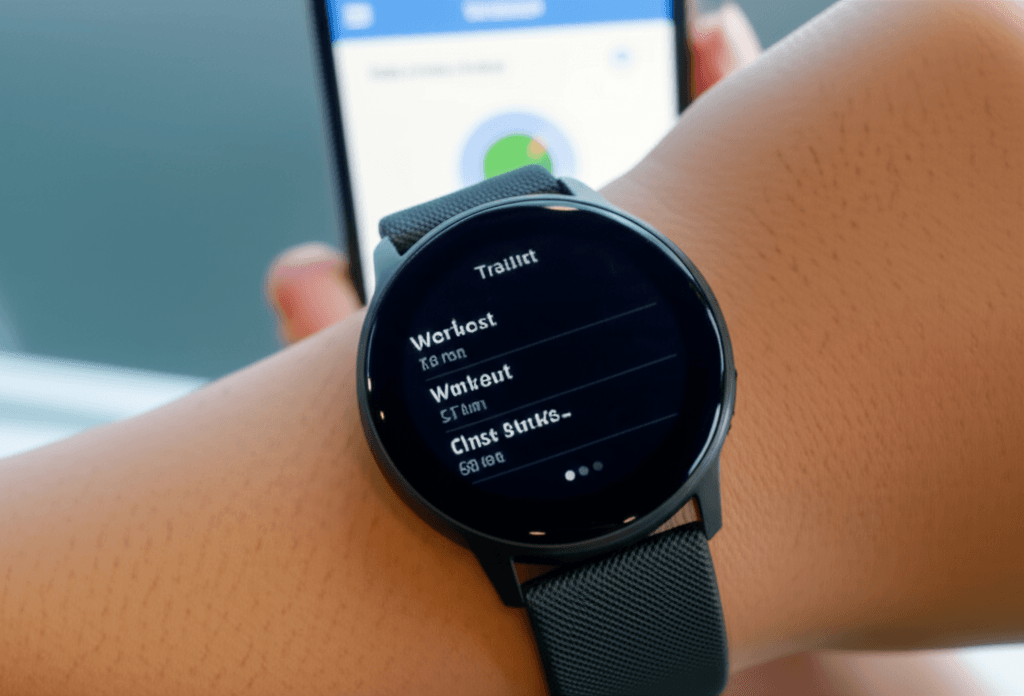
The Rise of Wearables and Data Integration
The mid-2010s saw a significant leap with the widespread adoption of wearable technology, such as fitness bands and smartwatches. These devices provided more precise and continuous data collection, including heart rate monitoring, sleep analysis, and advanced GPS tracking. This influx of data laid the groundwork for more sophisticated applications, allowing fitness apps to offer a more holistic view of health, encompassing not just exercise but also sleep patterns, stress levels, and overall well-being.
The integration of wearables meant that apps could move beyond manual input, automatically collecting metrics and offering deeper insights into daily activity and recovery. This era also saw the emergence of more diverse workout content, with apps offering access to thousands of routines, from cardio to resistance training and yoga, often customizable to fitness levels and goals. On-demand fitness classes and streaming also gained traction, providing users with expert-guided sessions from the comfort of their homes.
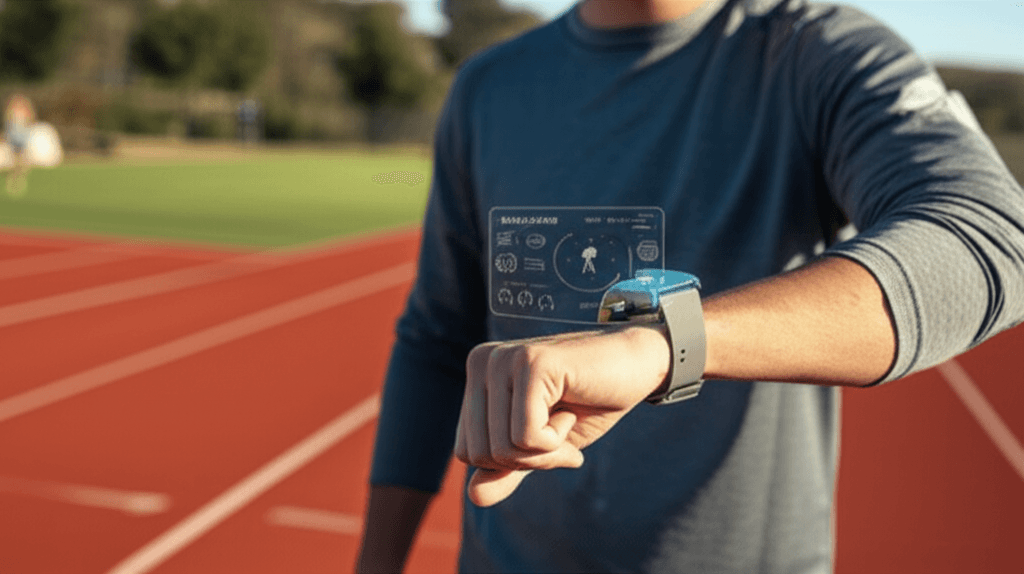
The Paradigm Shift: AI-Powered Fitness Companions
The true “paradigm shift” is driven by the integration of Artificial Intelligence and Machine Learning into fitness apps. AI is transforming fitness apps into intelligent agents that can personalize guidance on a scale previously unimaginable, akin to having a human coach. This shift is characterized by:
Personalized Workout Plans and Adaptive Training
Unlike earlier apps that offered fixed programs, AI algorithms analyze a wealth of user data—including age, weight, fitness level, goals, preferences, and real-time performance—to create highly tailored workout and nutrition plans. Apps like Fitbod and Freeletics use AI to dynamically adjust plans, ensuring workouts remain fresh, challenging, and effective as users progress. This personalization is crucial for enhancing user engagement and retention.
Real-Time Feedback and Form Correction
AI-powered virtual trainers are now capable of providing instant feedback on exercise form and technique using motion tracking and sensors. This real-time guidance helps users improve performance, maximize results, and significantly reduce the risk of injury by correcting posture and movements. Such features simulate the experience of having a personal coach, making high-quality fitness guidance more accessible.
Data-Driven Insights and Predictive Analytics
AI continually monitors and evaluates data such as heart rate, exercise duration, calories burned, and even sleep patterns and stress levels. These insights help users understand their progress, set realistic and achievable goals, and make informed decisions about their health. Furthermore, AI can employ predictive analytics to identify potential risk factors, like overexertion, or even predict when a user might disengage, allowing apps to send timely motivational nudges or adapt routines to maintain engagement.
Holistic Health and Wellness Integration
Modern AI fitness apps extend beyond physical exercise to encompass a holistic approach to health. They integrate features for nutrition tracking and personalized meal plans, mental health exercises, meditation guides, and stress management tools. Some even offer telemedicine integration, allowing users to arrange virtual consultations with personal trainers and medical professionals.
Gamification and Community Building
To combat workout boredom and maintain motivation, AI-driven apps often incorporate advanced gamification elements. Users can earn badges, compete on leaderboards, and participate in virtual challenges, fostering a sense of community and friendly competition. Social features that allow sharing achievements further boost motivation and engagement.
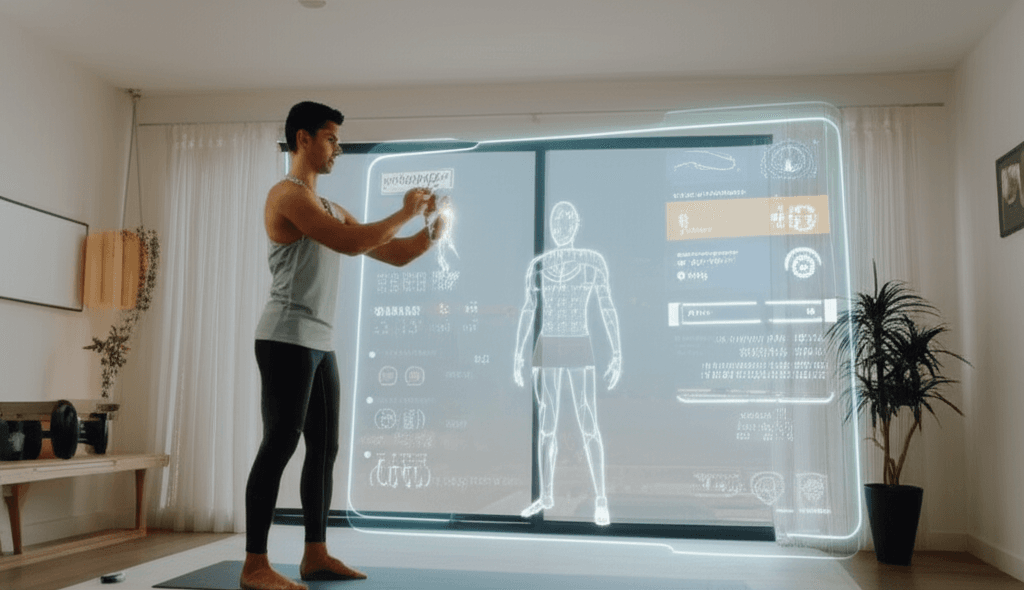
The Future of Fitness Tech
The trajectory of fitness technology points toward even more immersive, intelligent, and integrated experiences. Key trends and innovations include:
- Advanced AI and Machine Learning: Expect even greater personalization, with AI potentially creating hyper-personalized workout and nutrition plans based on genetic information and real-time health data.
- Enhanced Wearables and Smart Devices: Wearables will continue to evolve, offering deeper insights into recovery, stress, and overall well-being, potentially monitoring blood glucose levels, blood pressure, and respiratory rate.
- Immersive VR and AR Experiences: Virtual reality (VR) and augmented reality (AR) are transforming workouts into engaging, interactive experiences, allowing users to train in dynamic virtual environments or receive AR coaching in their own space.
- Smart Home Gyms: The demand for smart home gym equipment with AI-powered features, real-time feedback, and connectivity is growing, bringing professional gym quality to the home.
- Closer Integration with Healthcare: The line between fitness technology and healthcare will continue to blur, with wearables and fitness apps contributing to personalized healthcare and preventive medicine.
The global fitness app market is projected for continuous expansion, highlighting the growing role of technology in shaping the future of health and well-being. As AI continues to advance, fitness tech apps are poised to become indispensable companions, offering truly adaptive, engaging, and effective pathways to achieving personal wellness goals.

